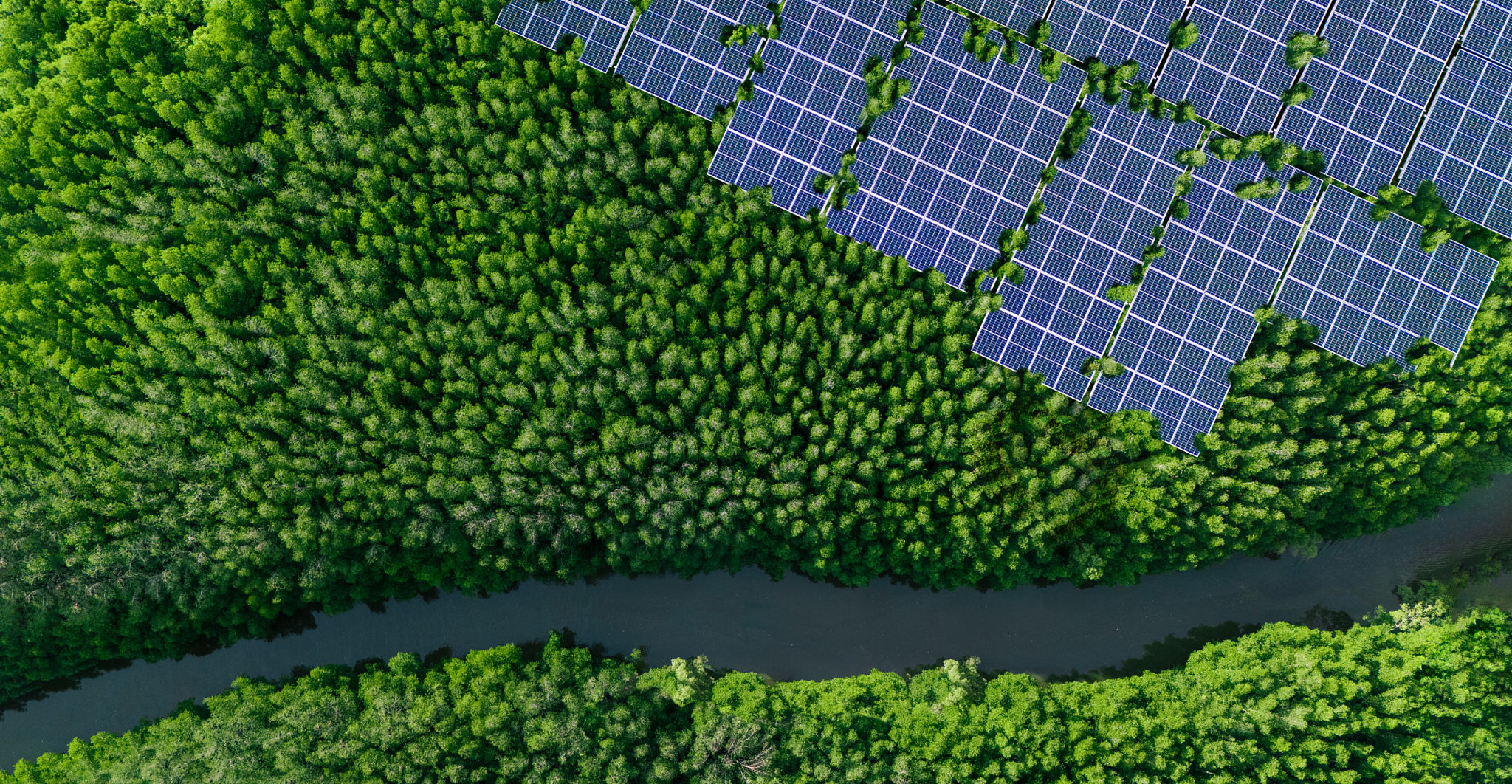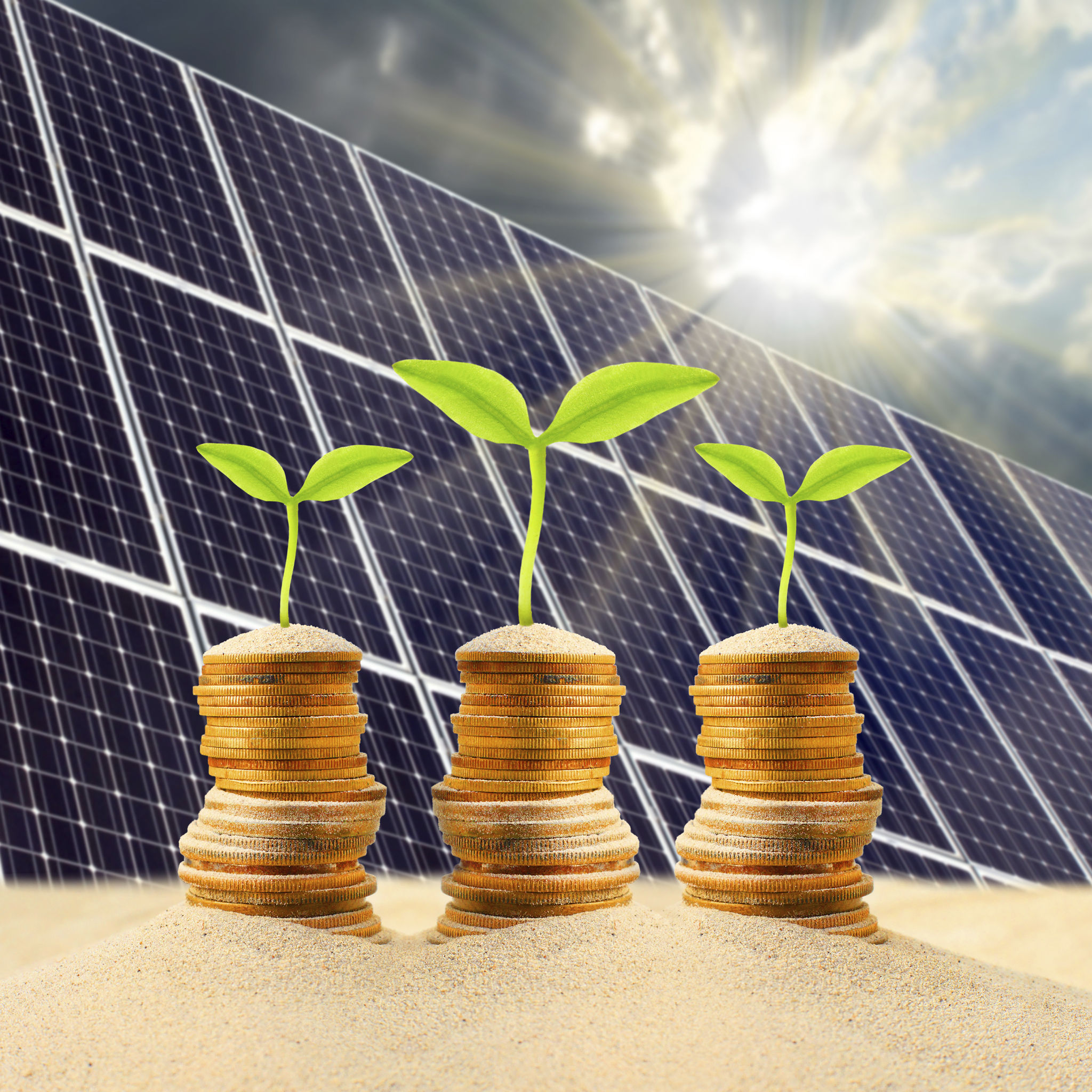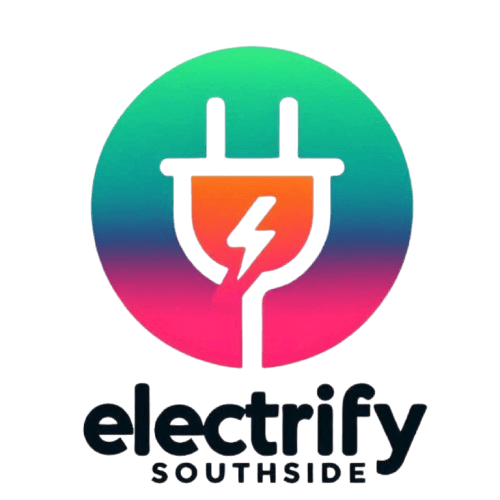Step-by-Step Guide to Solar Panel Installation for Non-Profits
Understanding the Benefits of Solar Panels for Non-Profits
Integrating solar panels into your non-profit organization can be a game-changer. Not only does it significantly reduce electricity bills, but it also aligns with environmentally sustainable practices, which can enhance your organization's reputation. By investing in solar energy, non-profits can focus more resources on their core mission rather than utility expenses.

Initial Assessment and Planning
The first step in the solar panel installation process is conducting a thorough assessment. Evaluate your facility's energy needs and determine how much of it can be offset by solar power. This step involves analyzing past energy bills and understanding peak energy consumption periods. Consulting with a solar energy expert can help tailor the system to fit your specific requirements.
Once the assessment is complete, it's time to plan. Consider factors such as roof condition, available space, and local climate. Planning also includes checking zoning laws and obtaining the necessary permits. Ensuring compliance with local regulations is crucial to avoid potential legal issues.

Choosing the Right Solar Panels
There are various types of solar panels available, each with its own advantages. Monocrystalline panels are efficient and space-saving, while polycrystalline panels tend to be more affordable. Thin-film panels offer flexibility, especially for roofs that cannot bear heavy loads. Assessing the specific needs of your facility will guide you in selecting the right type of panel.
In addition to panel type, consider warranties and efficiency ratings. A longer warranty period often indicates the manufacturer's confidence in their product, providing additional peace of mind for your investment.

Installation Process
The actual installation process begins with setting up the mounting system, which provides support for the solar panels. This system is critical as it determines the durability and stability of the entire setup. Once the mounts are secured, panels are placed onto them and connected electrical wiring is installed.
After wiring, the inverter is connected to convert the solar panel's DC power into AC power, which is usable by most appliances. Finally, a battery backup system can be installed to store excess energy for use during non-sunny periods or power outages.
Testing and Monitoring
Before finalizing the installation, thorough testing must be conducted to ensure everything operates correctly. This involves checking all connections and ensuring that the inverter is converting power efficiently. Once testing is complete, a monitoring system should be set up to track energy production and consumption.

Monitoring systems can provide real-time data and alerts, helping you optimize energy usage and quickly address any issues that arise. Many systems come with apps or online dashboards for convenient access.
Funding and Incentives for Non-Profits
Funding solar installations can be a significant hurdle for non-profits. However, numerous grants and incentives are available to ease this burden. Federal tax credits, state incentives, and community grants can substantially reduce the initial investment cost.
Researching available options and consulting with financial experts can help identify the best funding strategies for your organization. Many states offer specific programs tailored to non-profits aiming to adopt renewable energy solutions.

Maintenance and Long-Term Benefits
Once installed, solar panels require minimal maintenance. Regular cleaning and annual inspections ensure optimal performance and longevity. Over time, the savings on electricity bills can be redirected towards advancing your organization's mission.
The long-term environmental benefits also contribute to a sustainable future, aligning your non-profit with global efforts to combat climate change. By choosing solar energy, your organization not only benefits financially but also plays a part in preserving the planet for future generations.
